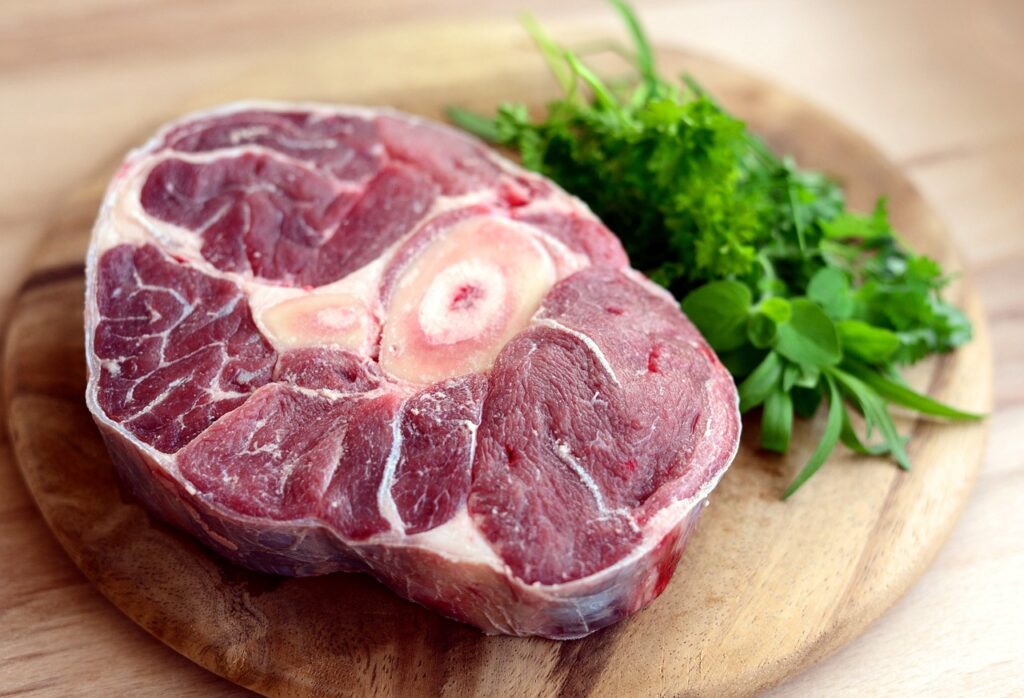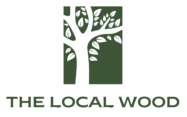
Choosing the Right Color Chopping Board for Raw Meat
In the bustling heart of your kitchen, where culinary masterpieces take form, an unsung hero quietly safeguards your family against impending kitchen hazards. We’re talking about the humble chopping board. More specifically, the silent message of colors that brings order to chaos, especially when it comes to the all-important task of handling raw meat. Dive in with us as we uncover the why, what, and how of choosing the right color chopping board – the unsung protector in your food safety arsenal.
The Unsung Hero: The Chopping Board in Food Safety
Before we swirl our spatulas around the spectrum of colored boards, let’s take a step back and acknowledge its significance. The chopping board is ground zero for food preparation and food safety. Each slice, dice, and chop comes with the risk of cross-contamination, a surefire way to introduce harmful bacteria into your meals.
Why Does Cross-Contamination Matter?
Cross-contamination occurs when juices from raw meats, seafood, or unpasteurized dairy products come into contact with ready-to-eat foods, food preparation surfaces, or utensils. The heart-stopping stats? According to the CDC, cross-contamination in the kitchen is one of the leading causes of foodborne illnesses.
The Rainbow System: Color-Coding Chopping Boards
The color principle is straightforward – assign a specific color to one category of food and stick to it, no matter what. This system not only organizes your kitchen but also ensures that there is a lesser chance of mix-ups that can lead to cross-contamination.
What Do the Colors Mean?
Each color corresponds to a certain type of food, and it’s not just a chef’s fancy, but a well-regulated code followed by professional kitchens and increasingly recommended for home kitchens.
- Red: Raw Meat
- Green: Vegetables and Fruits
- Blue: Fish and Seafood
- Yellow: Cooked Meats
- White: Dairy and Bakery
The Red Revolution: Raw Meat and the Red Board
Among the kaleidoscope of colors, red stands out as the sentinel for raw meat. Here’s why red is the go-to for your flesh proteins:
Raw Meat’s Best Friend
- Blood and raw meat juices can carry harmful pathogens. Red’s vibrancy warns and distinguishes this high-risk category, discouraging confusion and accidental contact with other foods.
- The pigments from red meat can stain, so it’s practical to keep it separate from ingredients that you want to keep visually pure.
Red Board Best Practices
Red board usage goes beyond just color awareness. It involves:
- Isolation: Only use red boards for raw meat. Never use them for vegetables or any other edible item.
- Sanitation: After each use, scrub the board with hot water and soap, and never forget your good friend, the bleach solution.
- Resting Place: Store red boards away from other items to avoid airborne contamination.
The Generous Green: The Board for Produce
Vegetables and fruits, the kings of nutrition, also get their royal green treatment:
The Philosophy of Green
- Green signals ‘go’ for fresh produce that can be eaten raw, ensuring freshness without hints of contamination.
Green Board Recommendations
- Like with red, isolation and proper cleaning are crucial. However, since green boards are used for produce, a separate board might suffice for organic or pesticide-free items.
Blue for the Ocean’s Bounty: Fish and Seafood
The serene blue shade speaks of the ocean’s bounty and the board it adorns:
Sail into the Blue
- Fish and shellfish can harbor particular bacteria and spoil more rapidly than other foods if not handled correctly.
Tips for Using the Blue Board
- Keep it clean. Blue boards should be scrubbed thoroughly after each use, as fish oils can be particularly stubborn.
- Use separate boards for fish and other seafood as shellfish allergies may occur.
The Yellow-Yield: Cooked Meats
Once raw, now cooked, these meats deserve a dedicated hue:
Warm Welcome for the Yellow Board
- Yellow is a beacon for all meats that have safely passed through the cooking journey, making them no longer potential sources of contamination.
Yellow Board Care Tips
- A comprehensive cleaning with attention to where cuts and splices can harbor bacteria is crucial.
- As always, storage is paramount. Store cooked meat boards away from any raw meat board or food to prevent transfer of germs.
White and the Delicate Dairy and Bakery
In contrast, white is the color board for foods that finish the meal:
White’s Fresh Finishing Touch
- White symbolizes the purity of end-stage foods, typically requiring minimal intervention before consumption.
Savoring the White Board
- Consider two white boards: one for dairy and another for bakery. This ensures that your morning toast doesn’t pick up yesterday’s butter bacteria.
Mastering the Art of Prevention
Preventing cross-contamination is a multi-layered defense where the colorful boards play a pivotal role:
Daily Chopping Board Routines
- Designate boards to specific food groups and stick to it. Even cutting raw meat and vegetables at different times can warrant separate boards.
- Keep multiple boards for each color category if use is frequent.
- Regularly inspect boards and discard them if they show excessive wear or deep scratches, as these can harbor bacteria.
- Use separate boards for different allergens to avoid any accidental mixing.
The Sanitizing Spell
- After each use, wash boards with hot, soapy water. For extra protection, sanitize with a solution of 1 tablespoon of unscented, liquid chlorine bleach per gallon of water.
Storage Solutions
- Store your boards vertically to allow air to circulate around them and minimize bacterial growth.
- Store in an area where the board is unlikely to come into contact with other kitchen tools or surfaces.
Industry Standards and Prep Recommendations
The color-coded chopping boards are not just home kitchen innovations. They are also mandated by food safety regulations and are a staple in professional kitchens worldwide.
Regulation Validation
- The FDA and the UK Food Standards Agency both support the color-coding system for cutting boards as part of their food safety recommendations.
- Check with local food safety guidelines to ensure compliance and practices that are in line with professional standards.
Conclusion: The Chromatic Connection to Safety
In the kitchen, color isn’t just for aesthetics; it’s a language that can keep your cooking adventures safe and your family healthy. By choosing the right color chopping board, you’re not only organizing your meal prep, but you’re also signaling a commitment to food safety. Remember, in the battle against bacteria, a simple red, green, or blue can be your keenest ally.
So, next time you dive into the world of food preparation, let the colors guide your hand, and let safety be as vibrant in your kitchen as the wonderful dishes you create.
